My visit to the Dordogne-Périgord region of France can only…
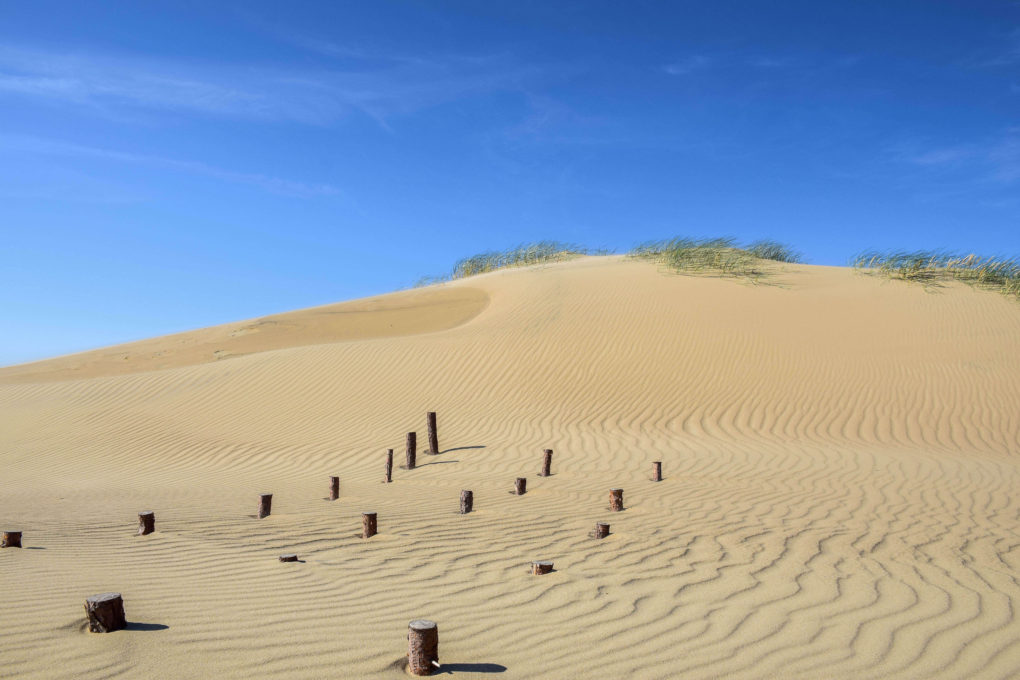
An Extraordinary Hike To The Giant Sand Dunes of Lithuania
I had no idea that you could hike to the giant sand dunes of Lithuania. Or that Lithuania even had giant sand dunes.
Fortunately, the folks at Windstar Cruises knew. I signed up for their excursion to the dunes on a stop in Klaipėda, Lithuania as part of their Baltic Sea cruise.
Frankly, I hadn’t heard of Klaipėda either. But Windstar prides itself on offering experiences that are 180° from ordinary. And that they did, with a hike in the highest drifting sand dunes in Europe, located on an extraordinarily narrow spit of land shared by Lithuania and Russia.
I couldn’t wait to feel the sand between my toes.
The Curonian Spit
What and where is the Curonian Spit?
First, the stats. It’s a 98 kilometre spit that extends from Russia northward to Lithuania. On the map, it looks like a hair out of place. The spit is 4 kilometres at its widest point and only 400 metres at its thinnest. The dunes reach heights of 67 metres (or 219 feet).
The spit is protected by national park status and it’s a UNESCO World Heritage site.
How did it get there? A glacial moraine was its foundation, and then winds and sea currents built up the sand. That’s the geological story anyway.
But Lithuanians believe in a healthy dose of folklore. Our guide told us that the spit was actually put there by a giantess named Neringa. She wanted to keep out a dragon that was angry because she didn’t love him back. It happens.
Bliss Tip: While I visited the Curonian Spit on a Windstar Cruise excursion, you can also get there via these tours from Klaipeda or Vilnius. The options include canoeing or kayaking around the spit.
The dancing forest

The tour began with a ferry ride from Klaipėda across the Curonian Lagoon to the Spit, then a drive down the single road that runs the length of it.
Most of the land is covered by forest. The trees were planted in an effort to keep the spit from blowing away.
Some call it the ‘Dancing Forest’ because the trees are twisted by the wind. We had a short walk through this verdant landscape, emerging into a dramatically different one.
The hike to the giant sand dunes of Lithuania

The boardwalk, built to protect this ecologically sensitive area, soon gave way to a marked path of sand to the top of the dune.
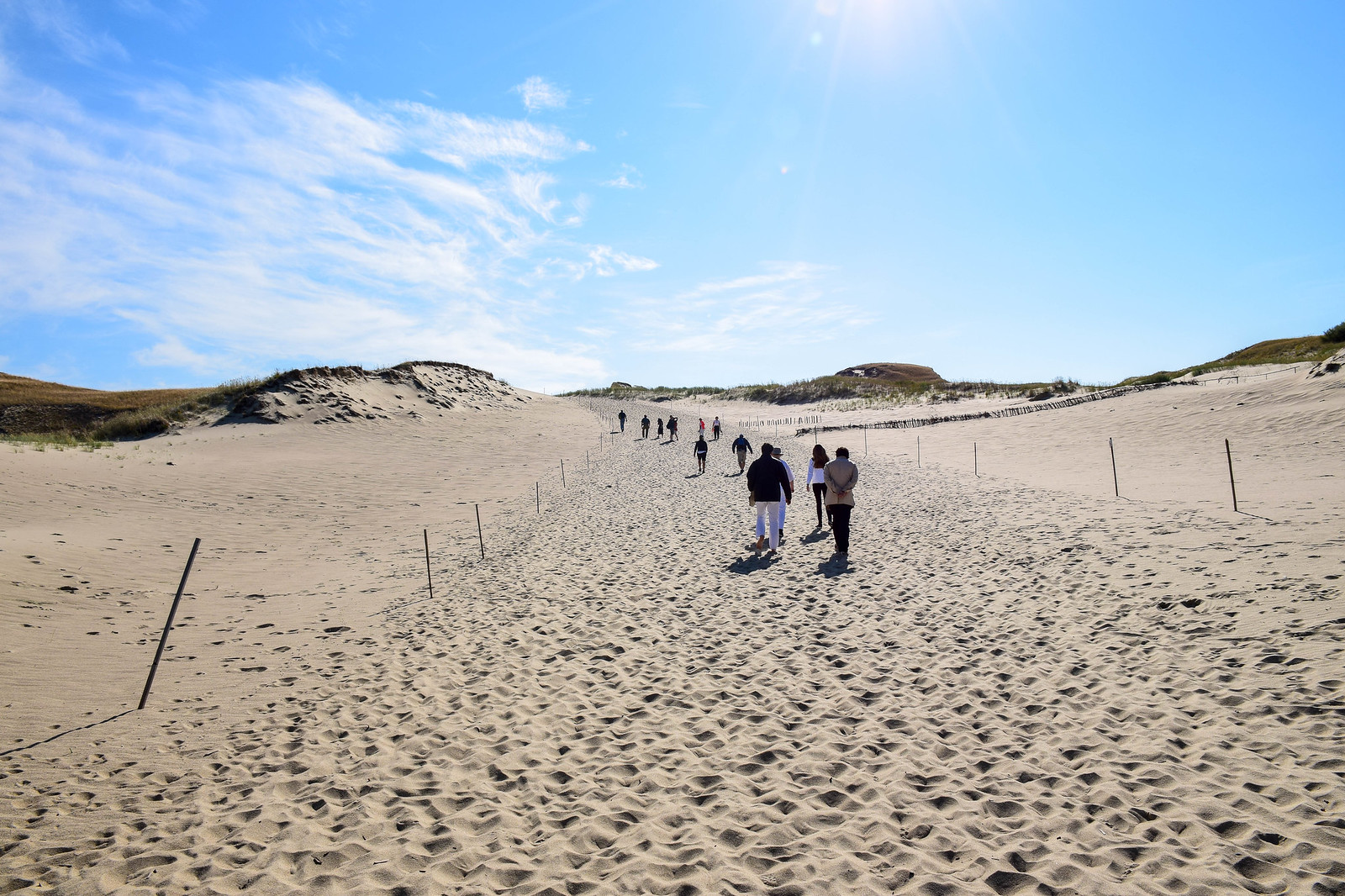
A dune with a view
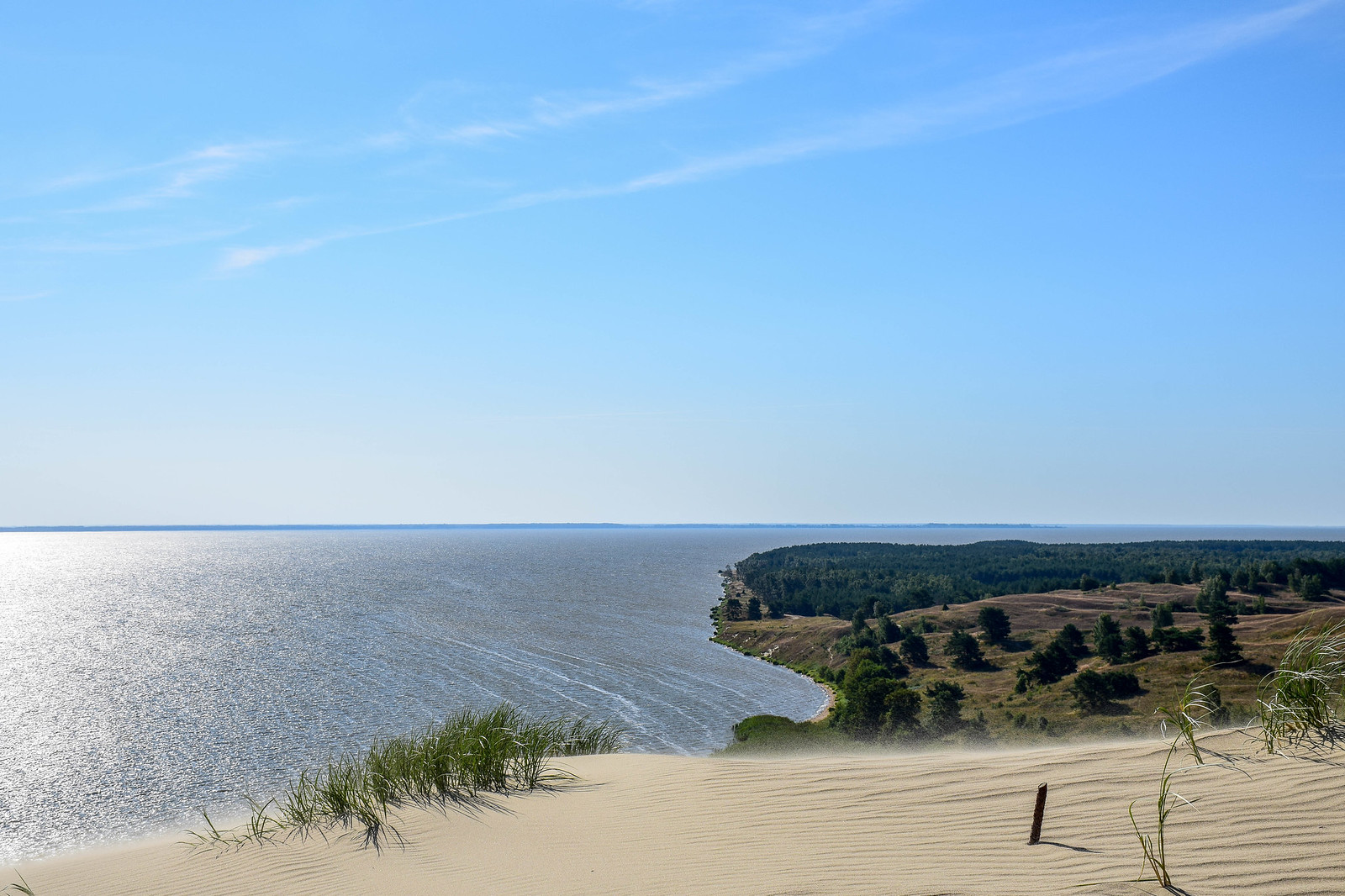
At the top of the dunes, we were rewarded with a glorious view of the Baltic Sea, with Russia in the distance.
It was immediately clear as to why these are the biggest moving sand dunes in Europe. You could see, and feel, the sand blowing in from the sea, creating ever-changing and intricate patterns before our eyes.

The sand that swallowed a town
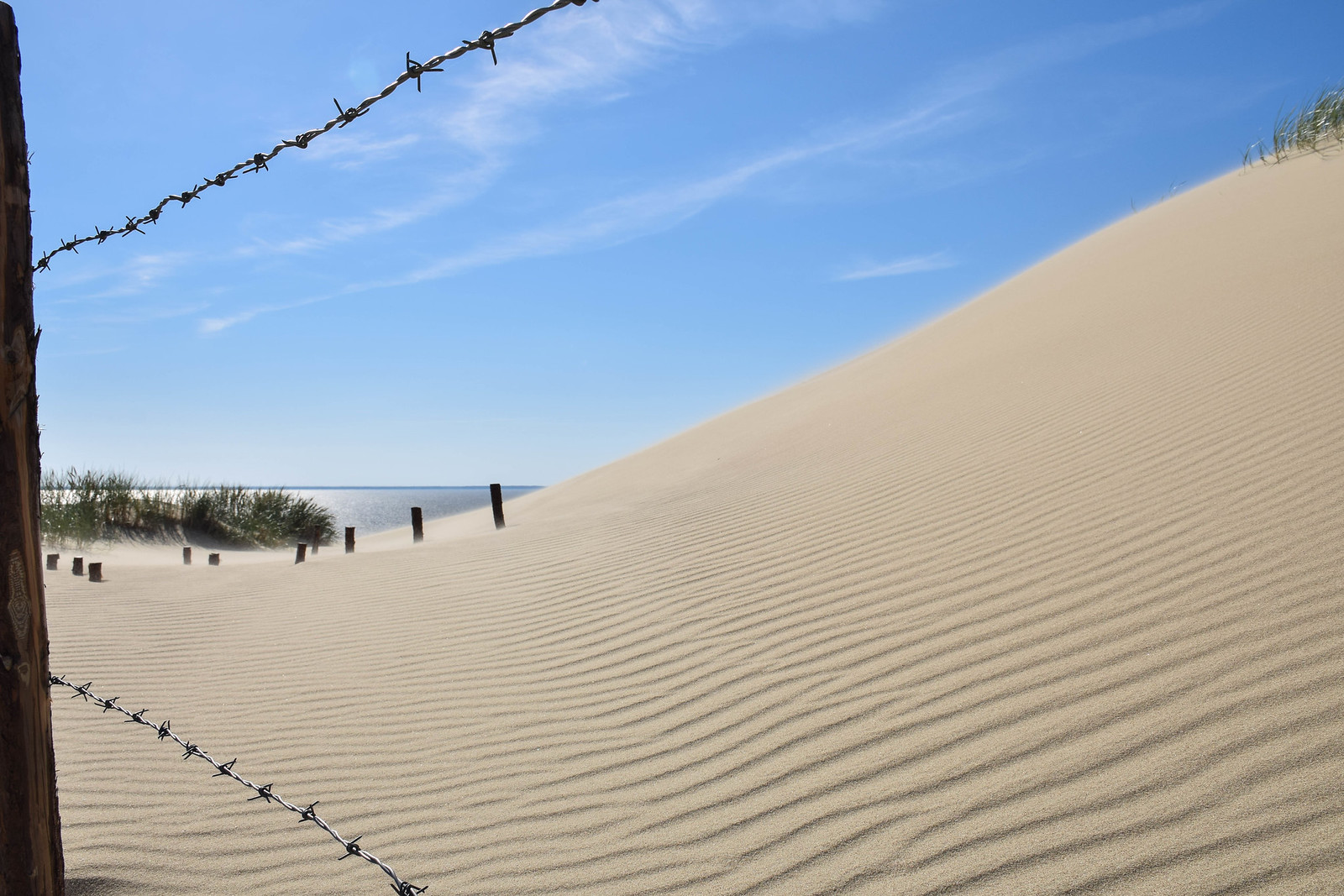
After intensive logging of this area in the 17th and 18th centuries, the drifting sand got out of control.
It buried the town of Nagliai, and, depending upon who you talk to, as many as four to 17 other villages. After that, people got back to planting the trees that make up the forest today. Ramparts have also been built in an effort to stabilize the dunes.
It’s also good for the economy. The park has become popular with tourists, both for the amazing drifting dunes, and the long sandy beaches.
On the walk down, the shoes came off and I glided down the dune with the shifting sands.
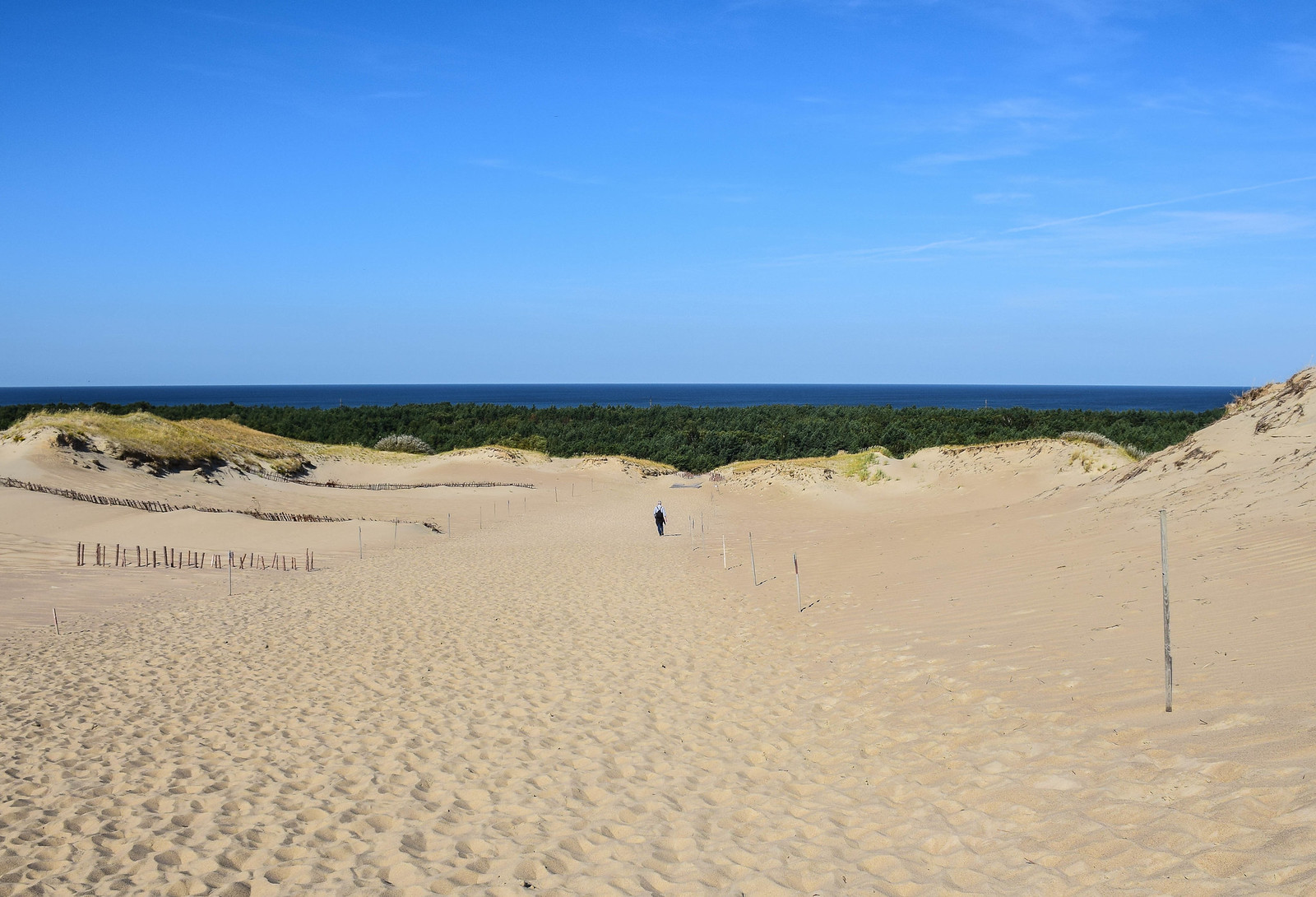
Beer, cheese and witches

After the hike, we visited Juodkrantė, one of several small seaside towns that now cater to the tourism industry.
The town is known for its Witches Hill, which has some 70 wooden sculptures representing images from folk tales. For bird-watching fans, there is also a nearby cormorant colony. The birds are protected, but she said it’s becoming a problem because the bird droppings are killing the forest. And, once in awhile, fish fall from the sky when dropped by the cormorants. Too much information? Well, Windstar says its guests will get closer to the local experience.
Fortunately, we did not get too close to the bird issues. Instead, we got right down to the business of having lunch. And beer. Beer is a serious tradition in Lithuania, our guide told us. She said that a Lithuanian consumes an average of 100 litres of beer per year.
The Lithuanian diet has a big focus on meat and potato dishes, along with smoked fish, cheese and honey. It all goes with beer.
We closed out the tour with a visit to a local Lutheran church, dating back to 1885, its stained glass windows seemingly a reflection on the birds, the sea, and the shifting sands of time.
All in all, it was an extraordinary day.
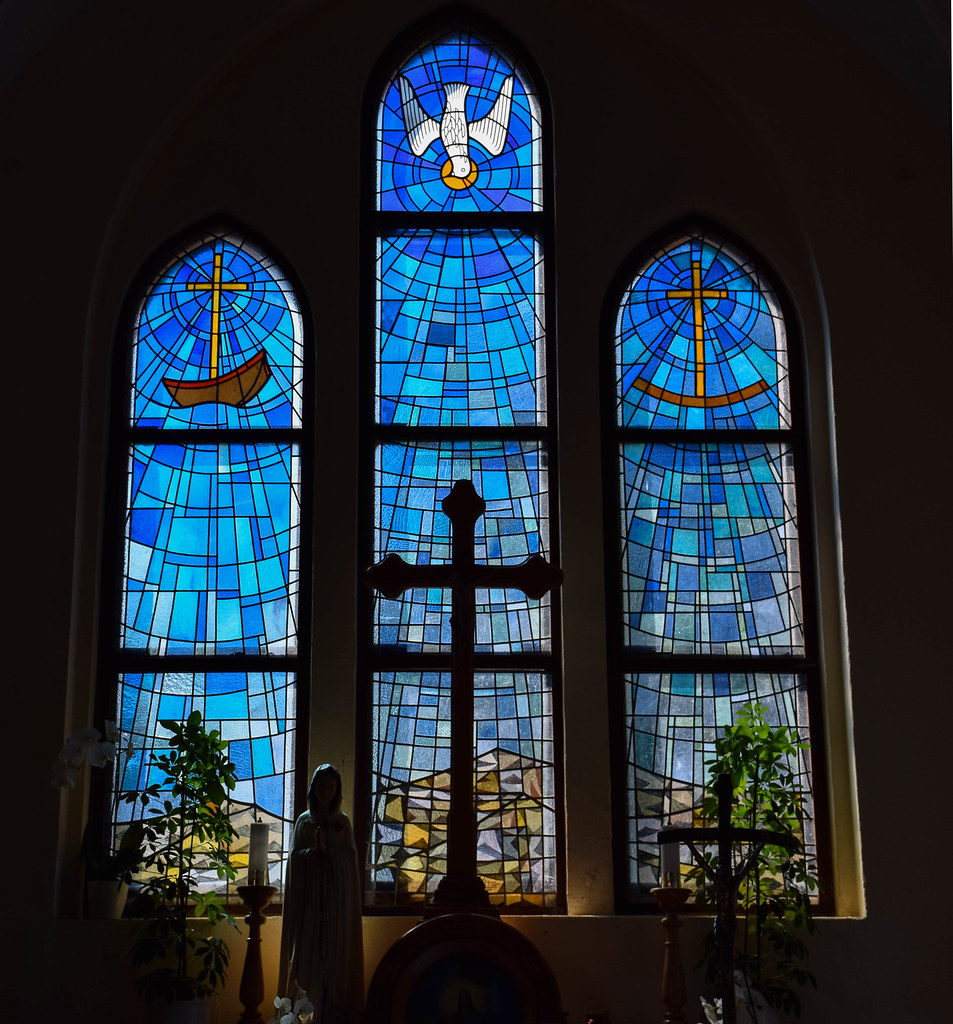
More Information:
Cruise Details: Windstar Cruises
Tourism Information: Klaipeda Tourism, Discover Lithuania
Want to see more of the Baltic States? See this post on visiting three Baltic State capitals.
Travel Bliss Now received a media rate for the Windstar Cruise, which did not include this excursion. My opinions are always my own.
Pin it:
12 Things You May Not Know About Small Ship Cruising with Windstar
10 Top Things to Do in Stockholm’s Old Town

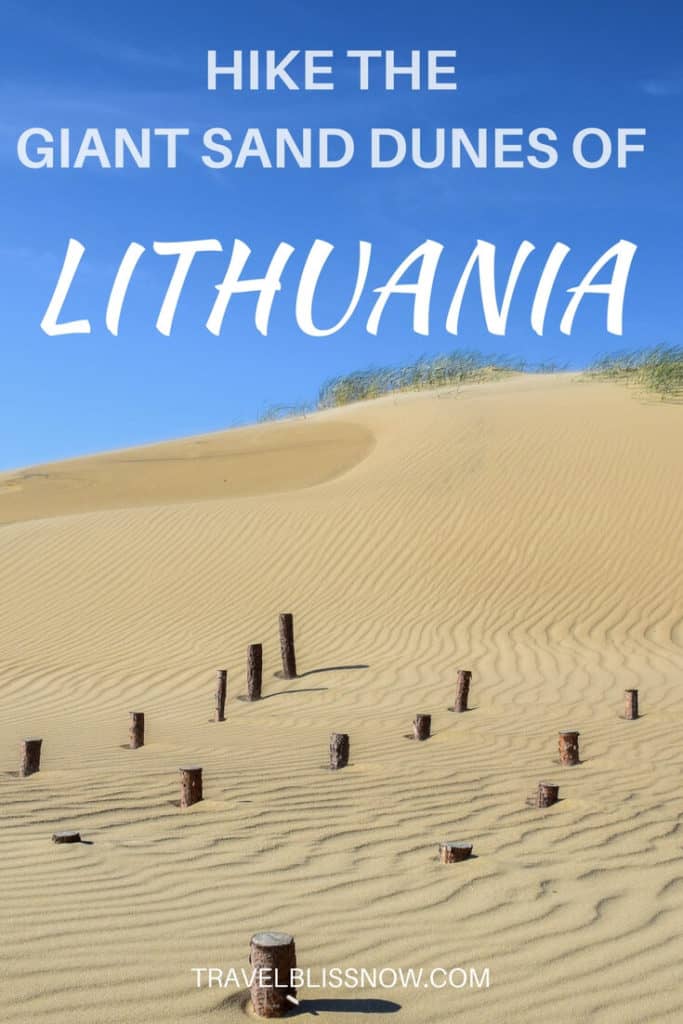
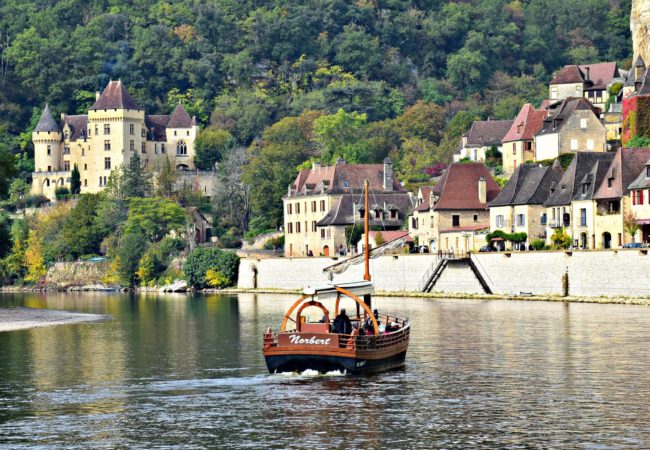
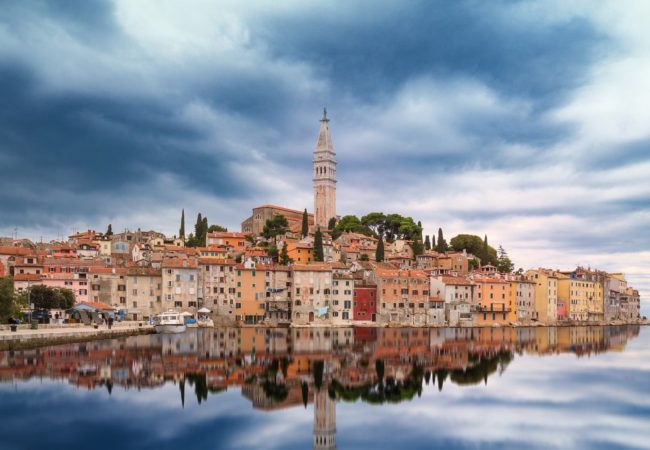
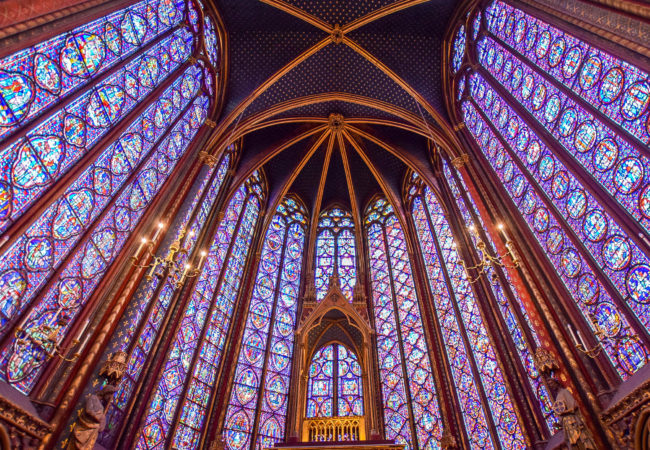
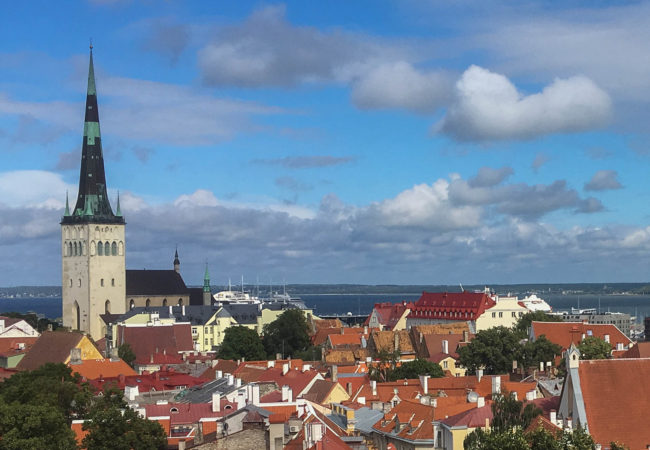

Beautiful.
Thank you Honey. It’s a beautiful place!
I would love to explore the sand dunes of Lithuania. I’ve not yet been to this country. And am always interested in experiencing natural wonders such as sand dunes.
Thanks Doreen! I was in Lithuania only for the day, but it was enough to get me thinking about going back to see more.
I too had no idea Lithuania had giant sand dunes! They look gorgeous and surprisingly not as hot as a person might expect given it looks like a desert. Windstar seems to offer some quite cool shore excursions – I was in Montserrat when they docked and passengers went exploring the Exclusion Zone.
Thanks Michele. It was perfect weather – – sunny, but not hot for climbing the dunes. I really enjoyed the Windstar excursions. The guide was excellent too, providing real insights into local life.
This looks so cool. We didn’t get out to the dunes during our visit, so your photos are a real treat.
Thanks Kristin! Yes, it was a very cool, and surprising, experience.
I had no idea Lithuania had sand dunes, but now that I know, I was to go! Great post and beautiful pictures!
Thank you Nathalie! It was a surprise to me too – – a good one!!
Another reason I enjoy a cruise. By being introduced to Lithuania for a day by Windstar Cruises, you know if you want to go back for longer. From what I read and your gorgeous photos, I would say you’ll want to go back!! 🙂 Thank you for sharing your day in Lithuania!
Yes, I loved that about the Windstar Cruise and their excursions. Thanks Marilyn!
I had no idea they had sand dunes in Lithuania. But our stats don’t lie: 98 kilometres, extending from Russia to Lithuania, 4 kilometres at its widest point and only 400 metres at its thinnest, reaching heights of 67 metres (or 219 feet). And so much farther up north than any desert I know. Maybe that’s why it is a World Heritage Site.
Yes, for all of those reasons and the fact that they are the largest drifting dunes. Thanks Carol!
Lithuania and giant sand dunes?! Wow. I would have never thought that’s possible. Seems like an exceptional opportunity to get that desert feel! This was a very enlightening post and you’ve inspired me to add Lithuania to my bucket list! 🙂
Thanks Lydia. Yes, it’s a definite “sand-between-the toes-” desert experience.